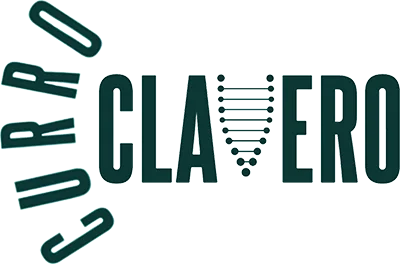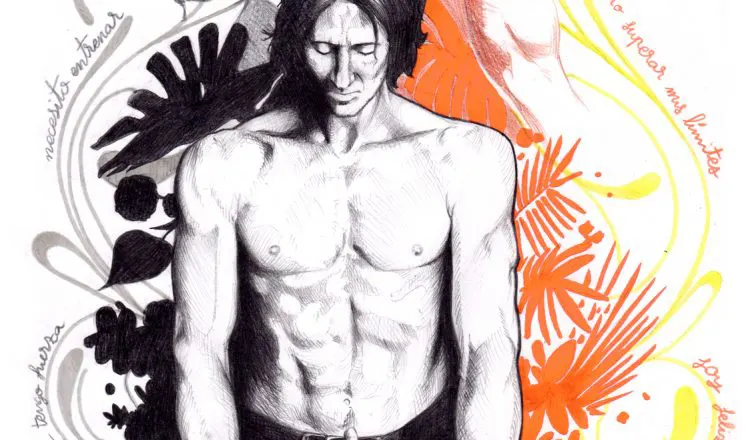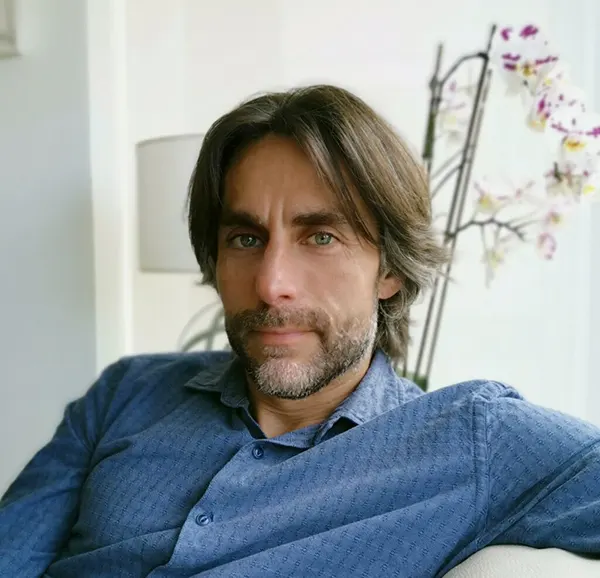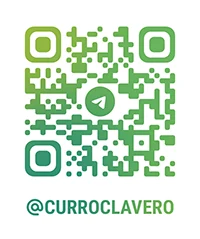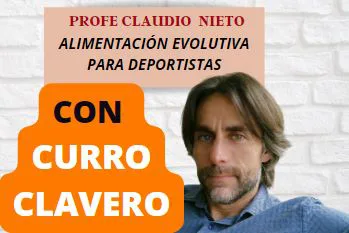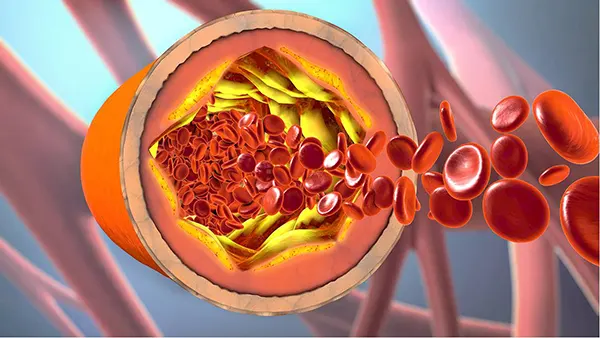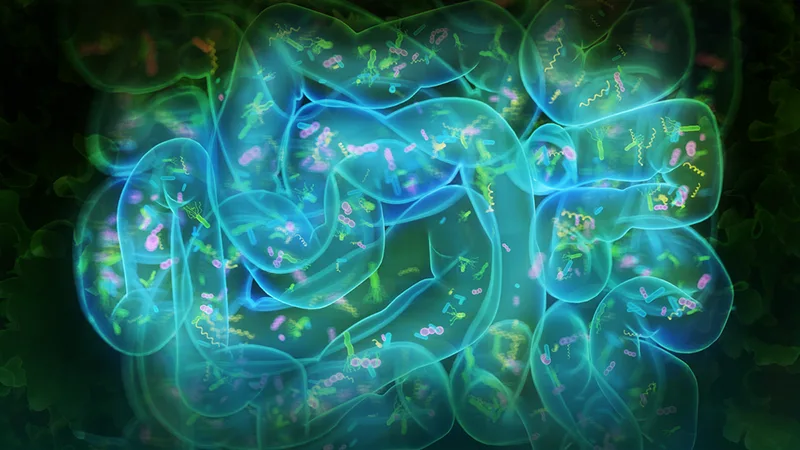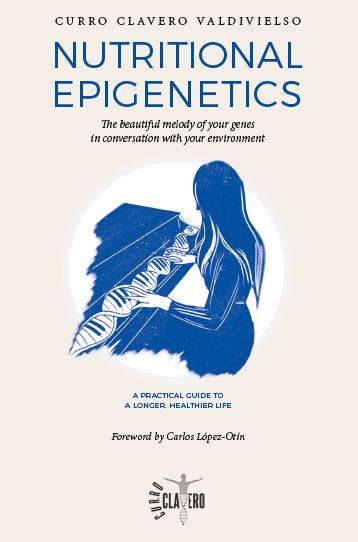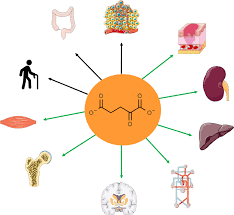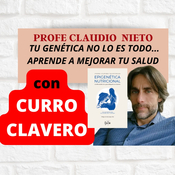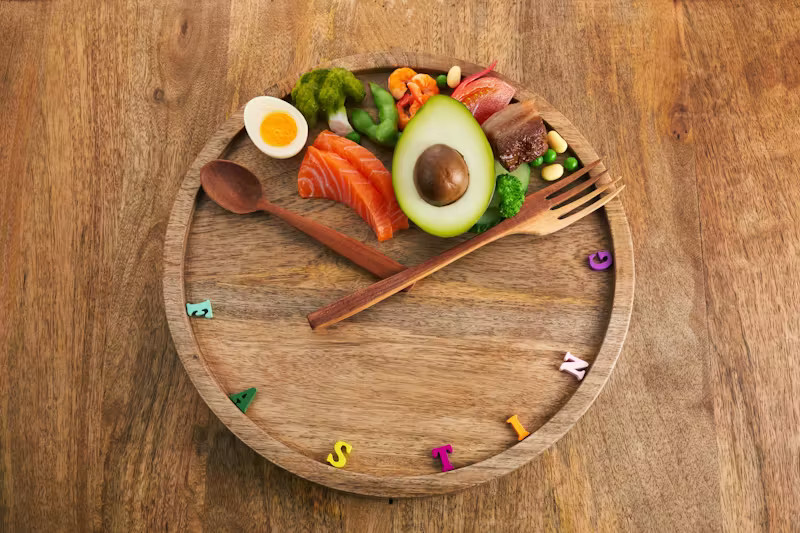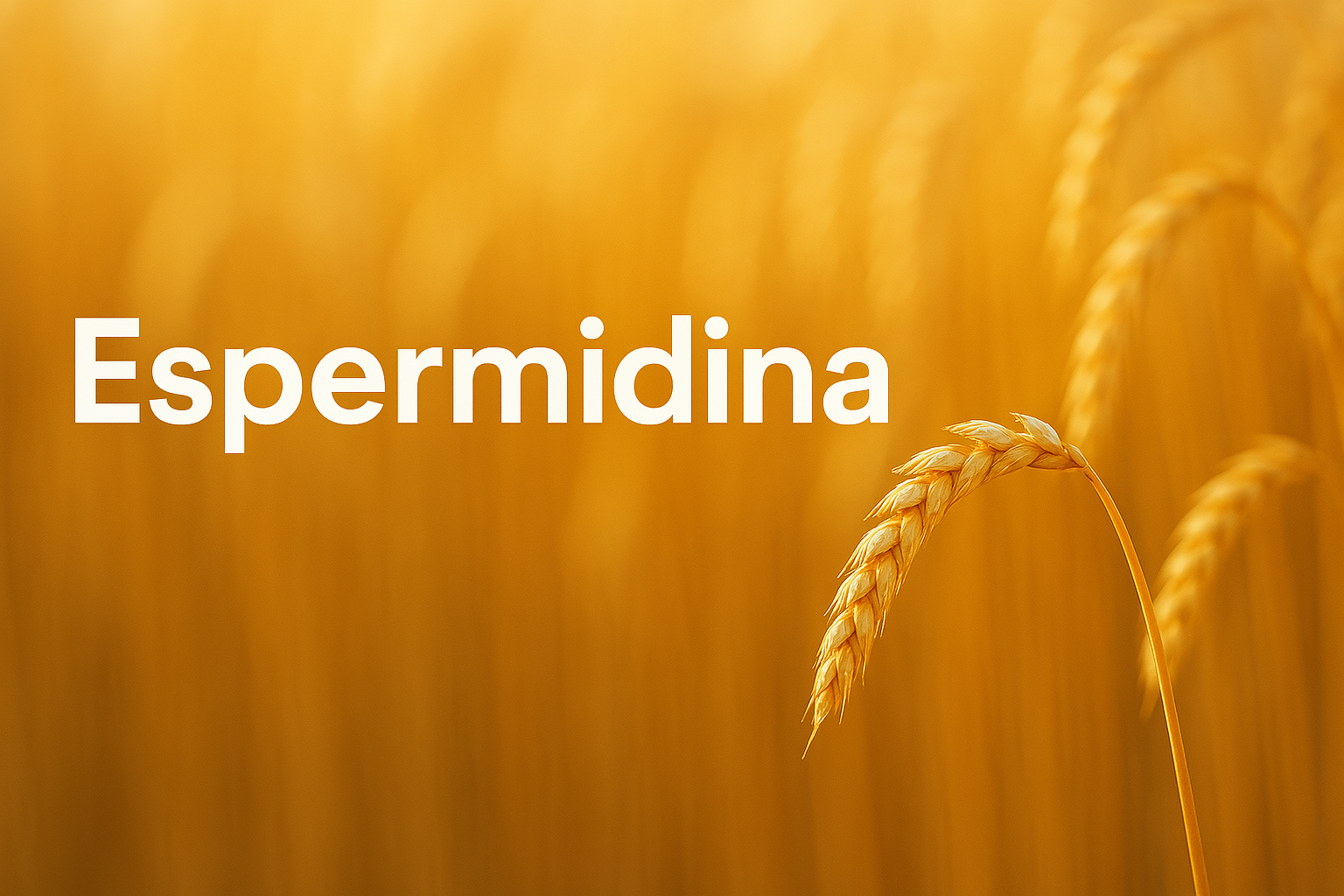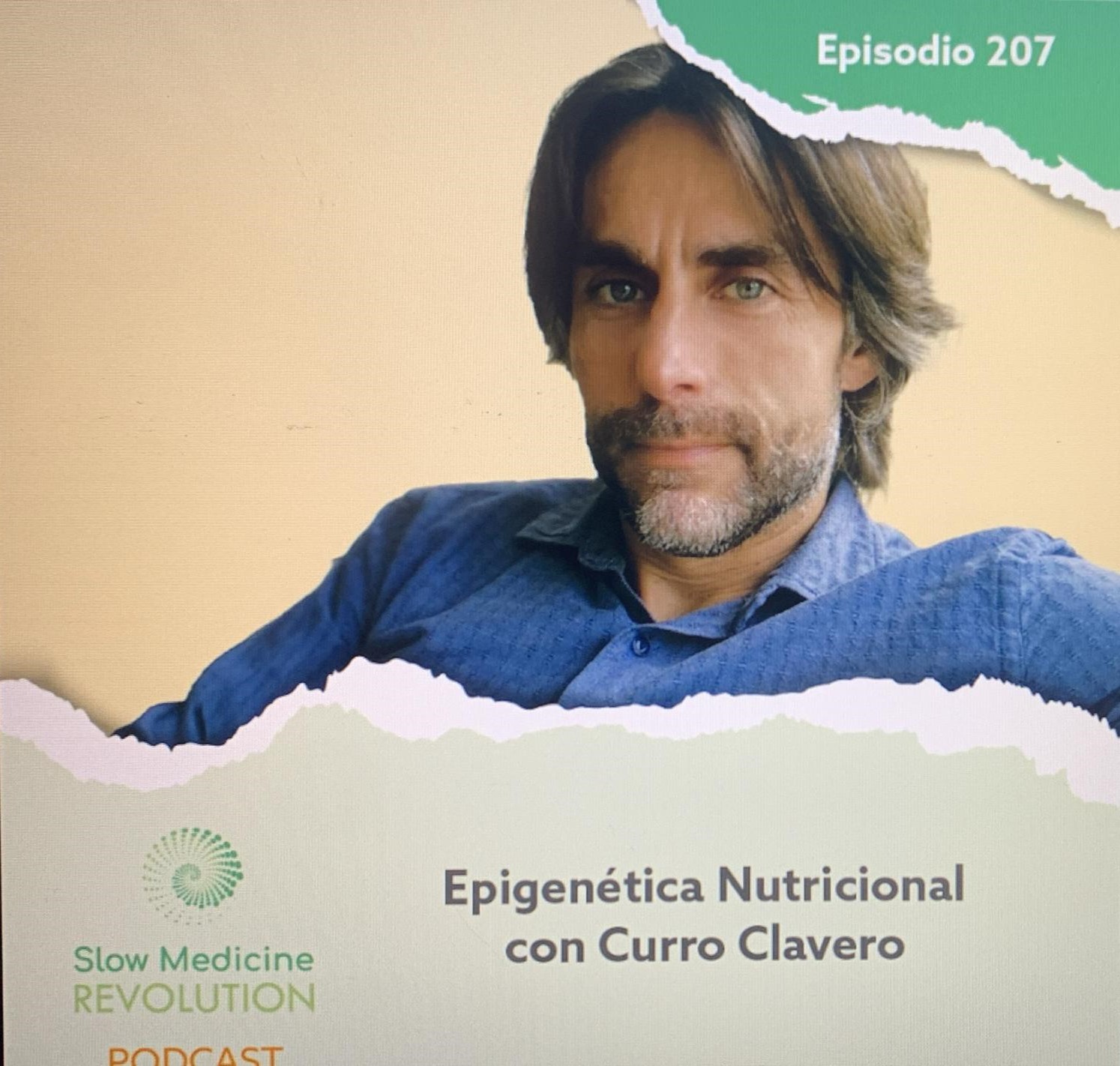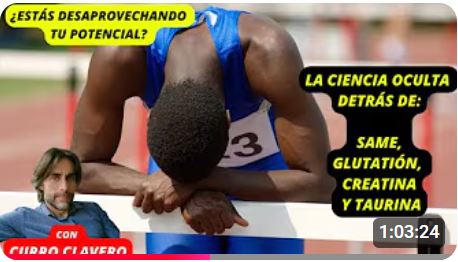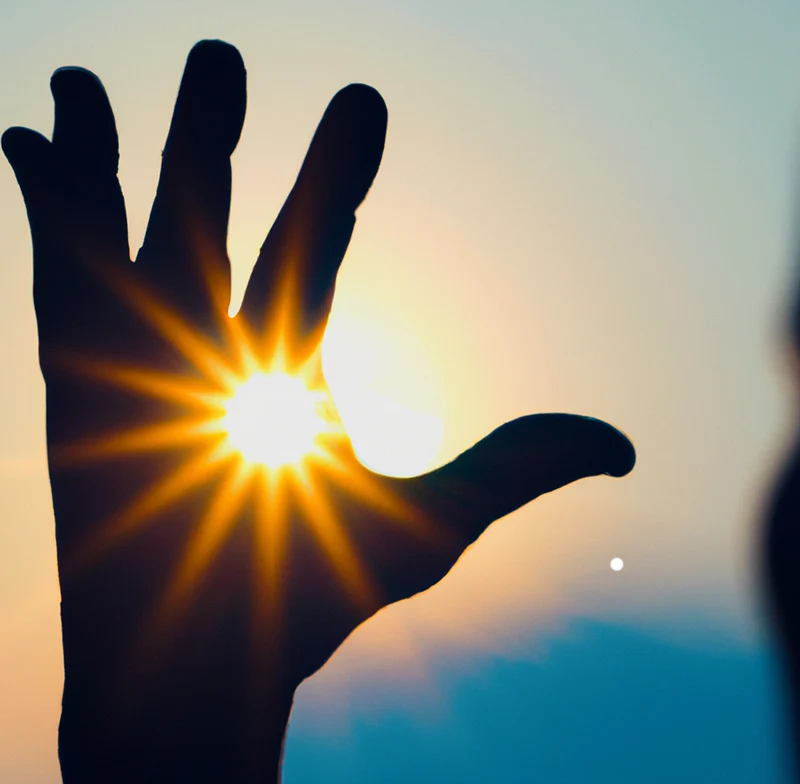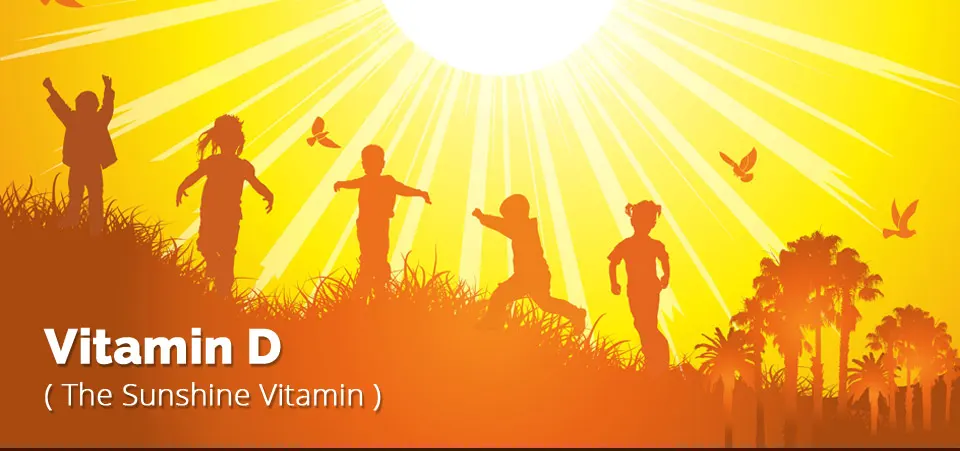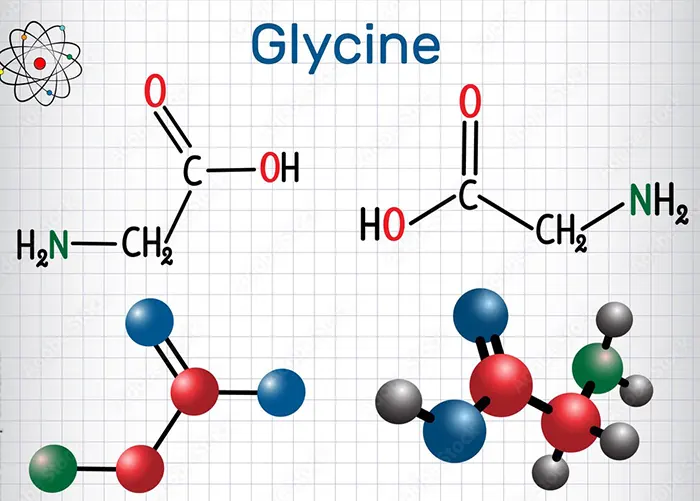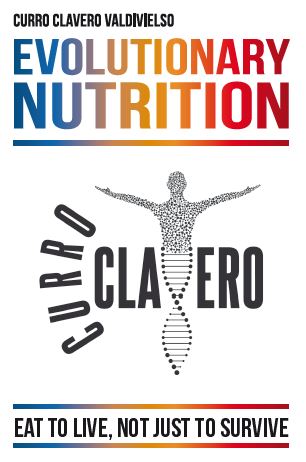Step 5: Choose
This step marks a transitional phase: the preparation has finished, but the action has not yet begun.
The Risk of the Comfort Zone
Often we avoid exposing us to uncomfortable situations, unsafe or filled with uncertainty, staying within our comfort zone. However, this desire to protect us, does not reduce the hazard; rather, it enslaves us to the fear and generates a constant anxiety. In fact, the true comfort and safety are when we expand our comfort zone, facing and overcoming that which we fear.
The force that we attempt to maintain in that area comes from the fear, a fear which often is more phantom than a reality. The resistance to change and the discomfort can limit our experiences, but learning it is precisely out of this area. Only the face of the unknown we can grow.
What is the Correct Choice?
The conscious decisions are presented as opportunities to learn. The “bad” decisions, often teach us more than “good” because they challenge us, show us our limits and push us to reflect. For a warrior, there are no grades of “good” or “bad”; there is only the knowledge that is acquired through experience.
The warrior follows the path of the heart, which is governed by the internal motivation and the love for what you do. The good and the bad they respond to external motivations based on the ego. Follow the path of the heart means to act with conviction and passion, which in turn removes the repentance. When we love what we do, our decisions are made more clear and firm, and generates a total commitment that he gives us a power almost magical.
Committed to what?’
What does it mean to choose to face a challenge? The key is to identify a specific goal and a right to commit to the full. Having a clear goal is essential, but so is maintaining the flexibility necessary to adapt to the unexpected. The plan should be clear, is not rigid; open to adjustments, but never lazy. The idea is to find a balance between a mental flexibility that allows adaptation and a firmness that will ensure total commitment to it. That combination elusive and powerful of will, strength, precision, motivation and relaxation is what we should seek.
When you fully rely on what we have before us, our conscious mind can be switched off and cede control to the processes intuitive, allowing the action to flow naturally from the subconscious. This leads us to the full concentration and optimal performance, which is often referred to as ‘entering the zone’.
Entering the area of risk
The time to reflect is important; however, when the time comes to act, we must stop thinking and go ready to the action.
Part of the way of the warrior is to choose, deliberately, what challenges to face and what to let through. Not all challenges are worthy of to be assumed, and not all will lead us to growth. But once the decision is taken to meet one, the only task remaining is to direct all our attention and energy towards him. Just going through the unknown, we can get more power and personal growth.
Intended inflexible
Directing attention to a choice should be an act of liberating and cathartic. When we focus the attention on a choice made consciously, it becomes a new force: the intention. The intention is powerful; it becomes the engine that drives our actions forward. The ‘crossing the threshold’ of the decision, we must enter into a mental state of intention inflexible: an absolute commitment, an involvement of 100%. The will to move forward becomes fierce and determined.
When you commit in full, things happen that otherwise never would. The fearlessness brings a combination of genius, power and magic. Maybe you’ve caught yourself doing something you thought were out of your reach. That surprise comes when the conscious mind is no longer limited and allows the subconscious mind to manifest your hidden forces.
The essential factor here is the desire for commitment. We don’t always know if we are able to overcome the challenge, but we can decide to commit ourselves to him. When you engage fully, the attention is directed towards the process and not the result.
Summary and objectives step 5: Choose. The moment of truth
The idea of ‘fight or flight’ has no place in the mindset of a warrior. If you decide not to face a challenge, you’re not running away; you’re removing consciously after you’ve considered. On the contrary, if you decide to deal with it, it is not a struggle, it is a commitment to full.
The word of action of this fifth step is: Commitment.
The transition to the action is abrupt and definitive; it marks a turning point, a true moment of truth. Here already there is no preparation: it is time to act. When you start, do it without reservation and without fear of anything or anyone.
Step 6: Listen to
Here begins the third phase, the action phase. We now find ourselves in the face of challenge, that must be seen as a learning opportunity and not as an obstacle. The key is to not get distracted trying to control the chaos of the situation. When we go into action, especially if it is a physical challenge, the body takes over the conscious mind as the protagonist. However, the conscious mind, with its thoughts limiters and your ego, will seek to intervene in order not to feel displaced. Our goal is to minimize this interference. We must not think, but to silence the mind with techniques focused on the body: maintain a regular breathing and a look of “eyes soft,” that we disconnect from conscious thinking.
The involvement in the action part of an intention inflexible, but it is important to maintain mindfulness. At some point, you may encounter the temptation of wanting to control the situation instead of relying on the process, and it is there where the intent may be weakened. The ego, always present, you will want to take back control, insisting on the validity of their ideas and in their ability to direct both the conversation and actions. If we become inflexible, we put ourselves on the defensive instead of showing curiosity, trying to evade the discomfort of effort. This prevents us from really listening.
‘Listen to’ it’s not about to hear with the ears; it is a state of mental openness and receptivity to what is happening around us. This attitude provides flexibility and helps us to relax the facial expression, developing the look of ‘eyes soft’. This approach is not focused at a single point, but expands the consciousness peripheral, allowing a concentration of fluid and sustained in the task.
The expectations rigid are the enemies of the attitude of listening. If you concentrate only on the outcome, you develop expectations that can ruin the ability to act spontaneously and to engage fully with the process of action. Instead, if you don’t atas on specific expectations, you can stay in a state of receptivity, pay attention to the present and to listen fully. Your intention should be to stay in the here and now, not in the future, allowing you to dance with the inevitable changes and adjustments that may arise. The only expectation is valid is to learn and to trust in your ability.
An expectation that we must give up is the one related to the difficulty of the challenge. The perception of difficulty is a mental attitude. Our intention should be to loosen that mental rigidity and see the challenge as something challenging, yes, but that provides opportunities for growth and learning. Take a mental state that is more open and receptive is extremely powerful. If the conscious mind begins to stray in thoughts, the attention can return to focus on something as simple as breathing.
Intuition
Intuition is a clear element and crucial; it is a valuable source of information that emanates from the subconscious and manifests as a feeling clear and specific. When you come from a different level to the logical and rational, intuition is free of those thoughts that usually limit. It is like a gateway to the unknown, beyond our comfort zone, which allows us to explore new possibilities.
It is important to cultivate receptivity to the intuition. If you ever get a thought that seems to arise out of nothing, try to stay curious and follow your trace, let that guide you. Often, that small spark can lead to a vision unexpected or a new approach.
There are several ways to improve this receptivity:
- Observed to self: holding the position of a ‘witness’ which we have already commented in previous steps.
- Breathe continuously: the regular breathing deep and calm the mind and opens the space for insights.
- Stay open and curious: adopt an attitude of exploration instead of shutting the face of the unknown.
- No judgments: a focus on exploring options and possibilities, avoiding the impulse of value and label.
- Ask questions and respond intuitively: instead of looking for immediate answers and definitive, allow intuition to the east of the answers.
Our perception of what we see, hear, or feel it is not a pure representation of reality; it is shaped by our mental state, context and previous experiences. The mind can distort what we perceive and, therefore, the perception becomes a personal construction.
The warrior aims to sharpen and refine his perceptions, educating your mind to align with their love for life and thirst for knowledge. In doing so, it prevents the perceptions are influenced negatively by past experiences or fears illusory. The truth is out there and is present in everything that surrounds us. To access it, we need to listen and pay attention active, maintaining an open-minded and free from prejudice, so that the intuition be your space to express themselves and help to connect with the essence of each experience.
Be in control or be controlling
Having control means to maintain an attitude of efficiency and focus, allowing you to move forward in a balanced way throughout the challenge. Is to be present, to make decisions with clarity and driving situations with flexibility and determination.
On the other hand, be controlling it is a behavior that leads you to try to influence items that are out of your reach. This type of attitude is wasting energy and attention, away from the direct action and taking you back to your comfort zone. Try to control the uncontrollable creates tension and stops in the process of learning and growth.
Summary and objectives step 6: Listen
The goal in this step is to accept the reality without resistance. Instead of fighting against the facts, asúmelos as they are and trust fully in the learning process. We are now at the core of the challenge, where our ultimate goal is to learn and grow. Don’t wait another result that is not to learn from every experience.
When you find yourself outside of your comfort zone, immersed in the chaos of the challenge, it is natural that the conscious mind (or ego) to try to rebel because they feel out of control. If you allow that to seep into the process of reflection, will generate thoughts of comfort, justifications and doubts that try to frenarte. The key is to maintain an attitude of confidence that keeps the mind aware and avoid that drag you to their limiting thoughts. When these thoughts appear, observe them from the position of a witness and let it fade away. The intention should be to be set in stone.
An effective technique to keep you focused is to breathe consciously and regularly. Direct your attention to the breath connects you with your body, keeps you out of the constant flow of thoughts and it takes you back to the flow of the action. As well-says the slogan of Nike, ‘Just do it’ (just do it). With this disconnection of the conscious mind, you allow the intuitive information to flow freely from your subconscious to the experience.
Once involved in the challenge, the attitude must be transformed into action. If our goal is to learn the true learning is only achieved with practice and experimentation; and we will only be able to learn if we remain open and receptive. It’s time to fully engage in the challenge of the most powerful way possible. We are committed and we now turn to release the conscious mind and trust in the process.
The action word of the sixth step is: Trust.
Step 7: The Ride
In the preparation phase, we identify the fears and motivations that are based on them. We focus on adopting a new perspective: a motivation based on love and learning. With this, we move from an approach-avoidance to one that seeks to improve, sharpening our attention on the task.
During the transition phase, we were engaged with the action in full. Now, in the action phase, we must stay focused on the task, while avoiding the temptation to seek comfort or escape from the challenge.
The learn to LISTEN, release the intuition, minimizing the interference of the conscious mind.
In THE JOURNEY, the goal is to keep the attention fixed on the present, finding calm and meaning into the challenge. The key is to focus on the chaos of the present, where our attention to actually have value and can make the difference.
The competitiveness of the life. Mentality of destination vs mindset journey
From a young age, we are taught to be competitive and to assess our achievements and results, putting the emphasis on a future destiny and sacrifice the well-being of the present. The warrior is a realist; he knows that life is a journey. Instead of running blindly towards the next destination, it assesses the journey itself and to live consciously in it. With a mentality to the destination, our attention away from the challenge, moving towards the future. If we manage to stay focused, not arruinaremos our efforts with the anxiety that causes the remoteness of the destination.
Many times we say to ourselves: “when you solve this problem, I put hands to the work.” However, that perfection is rarely reached; there is always something that stands. Why not act, whether or not chaos? The warrior knows that chaos is inevitable, part of life. It seeks to find harmony in the middle of it and “dancing” with the chaos. When you relax and stop wanting everything to be perfect, maximizes its effectiveness to operate in the midst of uncertainty. The key is to accept the chaotic nature of the challenge (or life) and to direct our whole attention to him with a mentality of travel.
The warrior does not judge the result as a success or failure; your goal is to learn. We fear failing or troubled by success, but with both attitudes we lose attention and focus only on the destination. One of the most common symptoms of this mindset is the nervousness before tackling the effort. The success or failure does not exist in the present; there is only the effort and action. The ego does not serve to learn and feels uncomfortable in the chaos, always wanting to go back to the comfort zone. The conscious mind lives in the past or in the future, while the unconscious and the body are in the present. When the conscious mind is active, it creates a space where it enters the fear and escapes attention.
Lead the effort towards learning and personal power makes it easier to reach our goals. The mindset journey is based on the love for the challenge and in the total involvement. When you love the challenge and embrace the chaos, you concentrate all your attention on him, go on with the experience instead of fighting against it, or want it to end.
In addition, if we don’t keep the attention on the present, you won’t even remember the experience, and the life is an accumulation of experiences. Stay in the discomfort of this makes the experience much more rich and, at times, even you can enjoy the suffering. The art of the mindset journey is to maintain that attitude, even in an activity of only five minutes.
Summary and objectives of the step 7: The journey. Harmony under pressure
The key is to focus on the present and not to lose it in the future or the past. We tend to escape from the discomfort, allowing our attention to move the trip to the destination.
We must maintain an intention adamant: assume the stressors without fighting them. Find comfort in the chaos, holding it and flow with it. To adapt to the changing circumstances of life, and adopt an attitude that values the challenge and learning. Marked goals that prioritize the process and the effort, while always remaining focused on the present.
Our time on earth is limited; it is a gift and a miracle that we are here. Each time your mind: how you live each day is how you live your life. Being aware of our mortality, we cling to destinations that are insignificant and we turn our attention to what really matters: learning and growth. The warrior strives to take each action as if it were your last ‘battle’ on the earth. Your comfort comes from being in touch with their deepest values: to learn from experience, love life, increase your personal power and feel the joy of the effort.
When your attention wander, remember, with determination to get back to the task before you. The action word in this seventh and last step is: Attention.
Epilogue
When many of the best athletes are asked about their success and their motivation to stay, the majority responds that it is due to the profound love for what you do. That motivation is based on the love arises out of the present and focuses on the learning.
We are born and die; the middle is a journey. We will experience greater harmony if we integrate in their positive process: the growth. We live in a dynamic world, and if we are we anchored to a comfort zone is rigid, then we are dying, slowly, but dying. To follow “vibrating”, we must engage in life and take risks to learn and grow.
Learning involves solving problem after problem, move from one opportunity to another.
A warrior is prepared for the risks, use care to gather information, is withdrawn to the position of a witness, it is centered on yourself to be present, analyzes the consequences, but focuses on the possibilities. If you decide to face the challenge, you agree unconditionally with the effort. Enter into a new domain, accompanied by a undiscovered potential. You may at any time arise doubts and fear, but dissipates and remains true to her intention to act, focused on the present, in the process (the journey), and not in the result (the destination). Never expected to respect, approval, or admiration; it only seeks to find balance and harmony within the chaos, and be at peace with yourself.
END
This is all. Remember that all of the above are not my words; the only thing I have done is a summary of the book Warriors of Rock Arno Ilgner. Well, in reality, not just a summary, but also an adaptation, since the book, as I mentioned in the beginning, focuses on the mentality during the climb. However, I think that can be applied to any challenge or challenge that we set ourselves, whether it’s a hard training, a competition, a change of eating habits, going from sedentary to do exercise, take forward a business, prepare for exams, write a book or anything that pull us out of the comfort zone. And, as I also said, in life itself, that is our biggest challenge.
If you do not want to be in a flock, we must grow up; and you can’t grow up without learning, or learn without leaving the comfort zone. I hope this article can help somebody, as I helped the book, get out of that comfort zone with the mind set on the way, and not just the destination.
When we talk about learning and knowledge, we do not mean to know the tributaries of the river Miño, or the name of the Gothic kings; today, that is a click away. We talk about learning to increase our power in the face of life, based on the experimentation and action. A good idea without action is of no use. And if it turns out that the idea is not so good, it is in the errors where the more you learn. When Thomas Edison was asked by a journalist about the almost a thousand faults that had before with the tungsten filament, said: “they had failed to do, only I discovered 999 ways how not to make a light bulb”.
All of the above up to now are only words; read it and understand it is the easy part, apply it is what is difficult. There are than to practice it day to day, to keep the attention. You can even re-read the text once in a while, because in the end, the ego always strip to his side, and if you don’t pull us in the opposite direction, we return to our state basal stem. But there are two good things: 1) to get out of the comfort zone, we grow, and our basal state as it is never the same as before, and 2) the growth has no limits; we can keep doing this until the infinite, because there is no final destination.
We see on the way.
